American Pale Ale (APA) is a refreshing and hop-forward beer style that has become a cornerstone of the craft beer revolution. Born from the creativity of American brewers in the 1980s, this style takes the traditional English Pale Ale and gives it a distinctly American twist. APAs are known for their balanced blend of malt sweetness and prominent hop flavors, often featuring citrusy, piney, or floral notes from American hop varieties. What makes this style unique is its ability to showcase hop character without the intense bitterness of an IPA, making it an approachable yet flavorful choice for beer enthusiasts.

American Pale Ale is most celebrated for its harmonious blend of hop character and malt balance. The appearance is typically clear to slightly hazy, ranging from golden to deep amber, crowned with a robust off-white head that often leaves lacing on the glass. "It's like captured sunshine in a glass," notes craft beer expert John Doe.
The aroma and flavor of an APA are a delightful interplay of hops and malt. Hop notes can range from citrusy and pine-like to floral and fruity, while the malt provides subtle bread-like or biscuity undertones. The bitterness is moderate and noticeable, but not overpowering, creating a balanced taste experience. A clean fermentation profile ensures the hop and malt characters shine through.
This style's mouthfeel is characterized by a medium-light to medium body with moderate carbonation. The texture is smooth and crisp, often finishing dry, which enhances its drinkability. American Pale Ales typically have an ABV range of 4.5-6.2%, making them a versatile choice for various occasions.
The Standard Research Method (SRM) for American Pale Ales usually falls between 5 and 10, reflecting their golden to light amber color. It's a sight to behold: a freshly poured APA glowing in the glass, inviting you to explore its nuanced flavors and aromas.
American Pale Ale played a crucial role in the craft beer movement, serving as a gateway beer for many drinkers transitioning from mass-produced lagers to more flavorful craft options.
Its popularity helped establish the American craft brewing industry and paved the way for the explosion of hop-forward styles we see today.

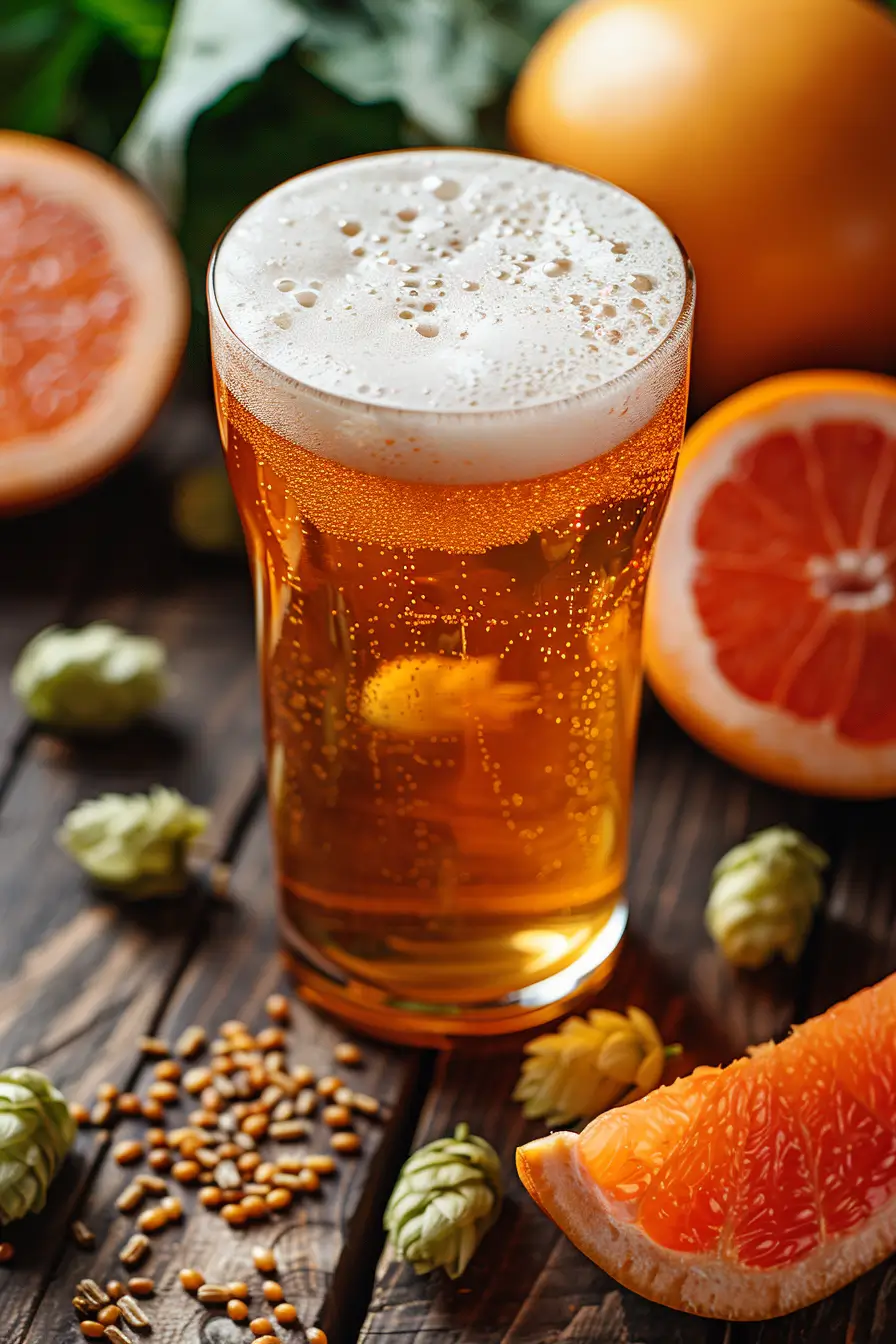




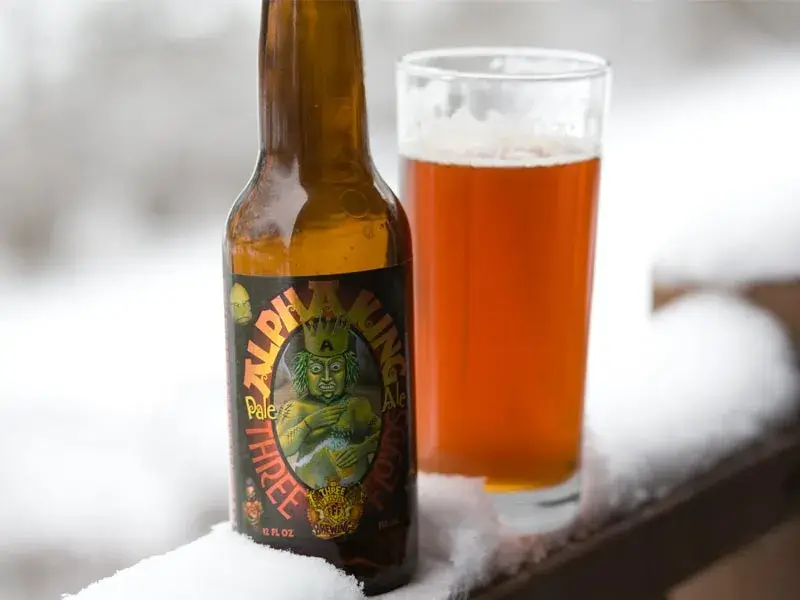
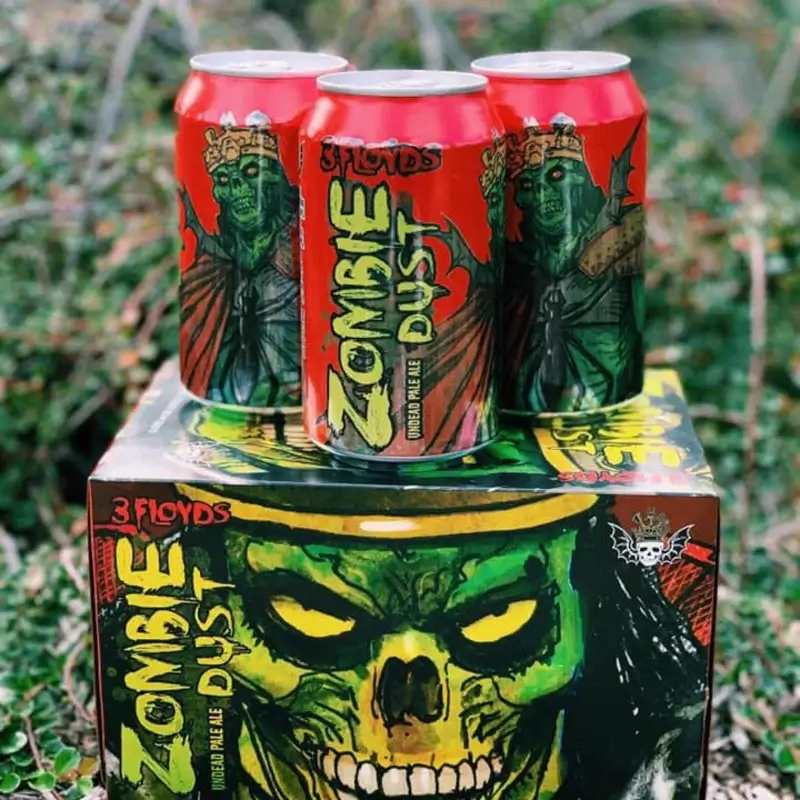
Brewing an American Pale Ale requires a careful balance of malt and hop character, with a focus on showcasing the unique flavors and aromas of American hop varieties.
The challenge lies in creating a beer that is hop-forward without overwhelming bitterness, while maintaining a supportive malt backbone.
The use of late hop additions and sometimes dry hopping contributes to the style's distinctive citrusy and piney aroma, setting it apart from its English counterpart.


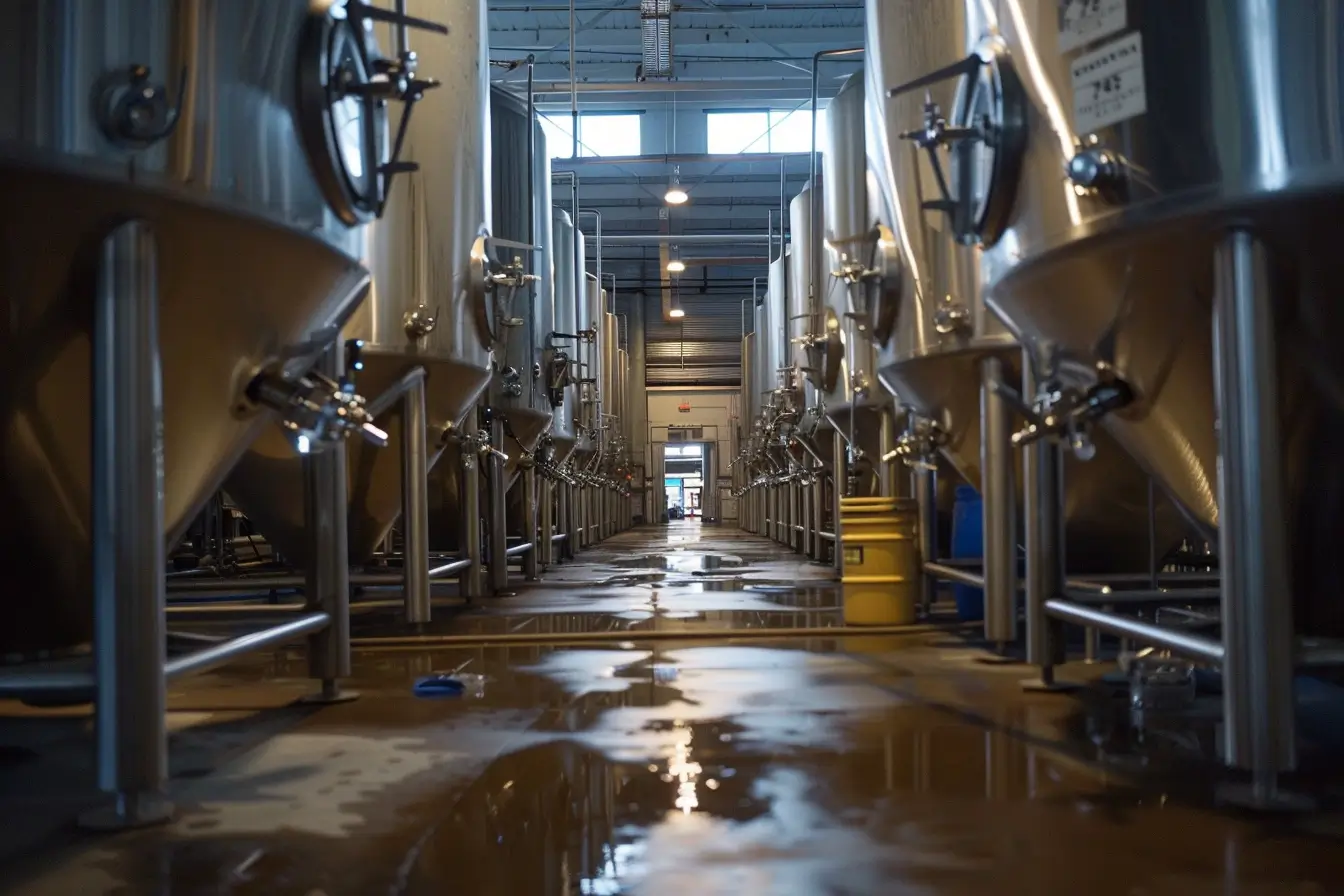
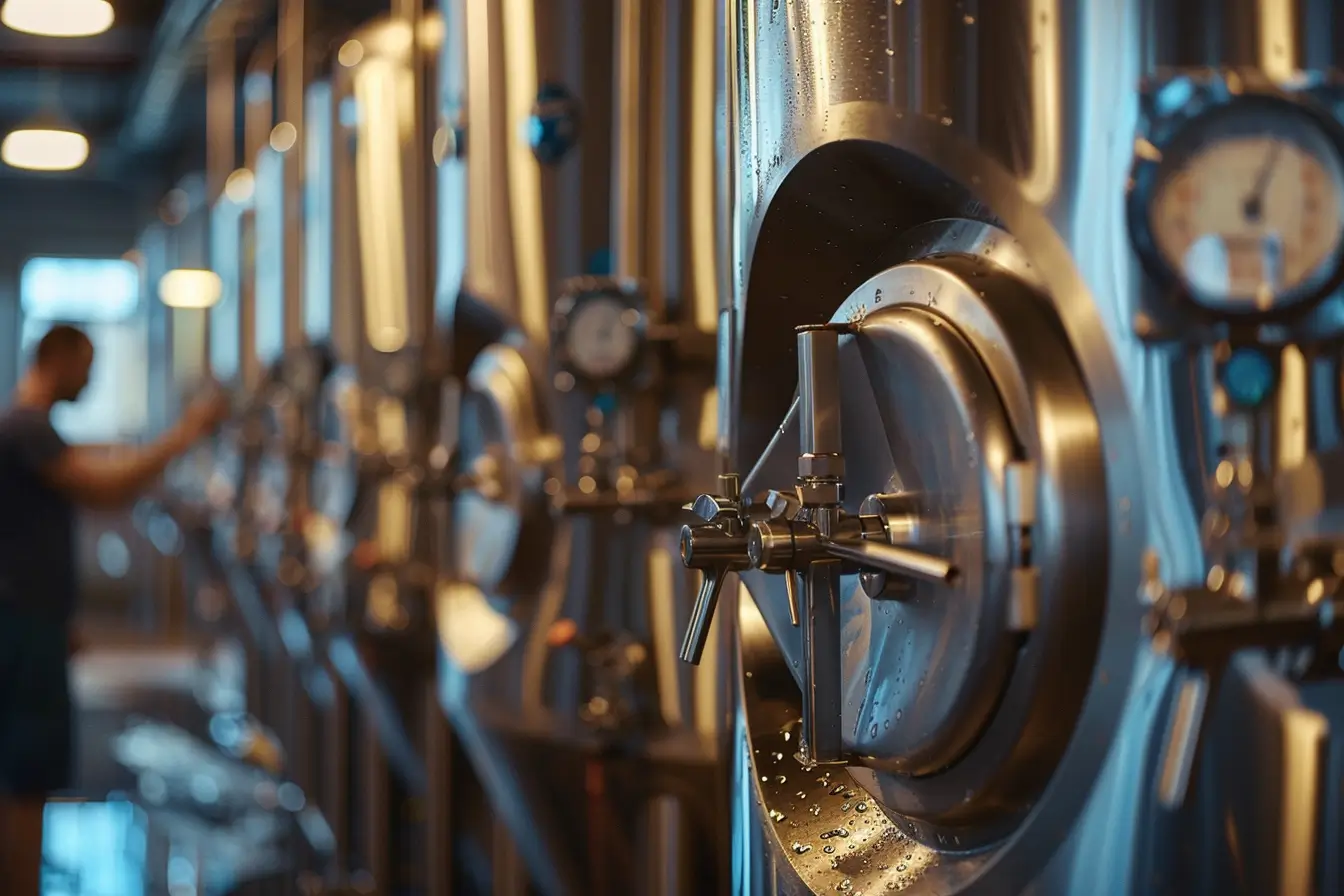
The American Pale Ale (APA) emerged in the 1980s as a pivotal part of the burgeoning craft beer movement in the United States. This style developed as American brewers sought to create their own interpretation of the classic English Pale Ale, using locally grown ingredients and newly developed hop varieties.
The APA represented a departure from the mass-produced lagers that dominated the American beer market, offering beer enthusiasts a more flavorful and hop-forward alternative.
As homebrewing gained popularity and microbreweries began to proliferate across the country, the APA quickly became a flagship style for many craft breweries. Its balanced yet distinctive flavor profile, showcasing the unique characteristics of American hops, resonated with consumers seeking more complex and interesting beer options.
The style's popularity helped drive the expansion of the craft beer industry and influenced the development of other hop-centric American beer styles.
The evolution of the American Pale Ale, particularly its showcase of citrusy and piney American hop varieties like Cascade, marked a significant shift in American brewing and consumer preferences. This style not only established a new direction for American craft beer but also influenced brewing trends globally, inspiring brewers worldwide to experiment with bold hop flavors and aromas.

While not strictly an APA, this hop-forward ale laid the groundwork for the style and introduced many Americans to the potential of hop-centric beers.
This beer quickly became the benchmark for the APA style, setting a new standard for American craft brewing.
Homebrewers and microbreweries across the U.S. begin incorporating American hop varieties into traditional English ale recipes, defining the unique character of APA.
The style becomes a staple offering for craft breweries across the country, helping to drive the growth of the craft beer industry.
The Brewers Association officially recognizes "American-Style Pale Ale" as a distinct category in their beer style guidelines, cementing its place in craft beer culture.
Get quick answers to our most frequently asked questions about New England IPA (NEIPA)
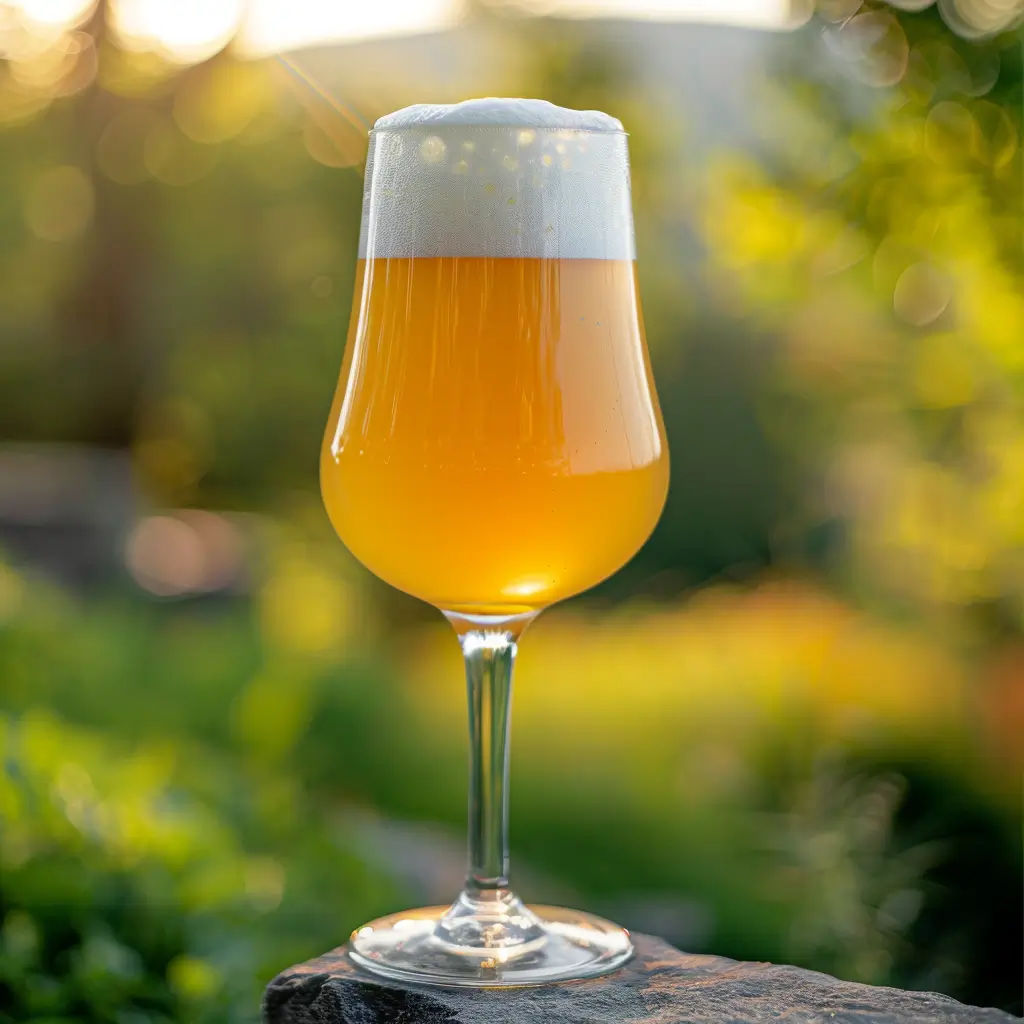
Want to read about other beer styles? We've got you covered!
While both styles showcase hop flavors, APAs are generally less bitter and lower in alcohol content than IPAs. APAs also tend to have a more balanced malt presence.
APAs are best enjoyed fresh to appreciate their hop aromas and flavors, which can degrade over time. They're not typically suitable for aging.
While APAs do have noticeable bitterness, it's generally moderate and balanced by malt sweetness. They're less bitter than IPAs.
The use of American hop varieties and a clean American ale yeast, resulting in citrusy, piney hop flavors and a crisp finish.
Traditional APAs contain gluten from malted barley. However, some breweries produce gluten-free versions using alternative grains.
Store APAs cold and drink them within 3-4 months of the packaging date for the best flavor experience.
APAs are best served at 45-50°F (7-10°C) to balance the hop aromas and malt flavors.
Yes, APAs can be great in beer batters, marinades, and beer cheese recipes. Their hop flavors can add interesting dimensions to many dishes.
APAs typically range from 4.5-6.2% ABV, making them moderate in strength compared to lighter lagers (around 4-5%) and stronger IPAs (6-7% or higher).
While traditional APAs don't contain fruit, some brewers create fruit-infused variants, often using citrus fruits that complement the hop flavors.

Want to read about other beer styles? We've got you covered!